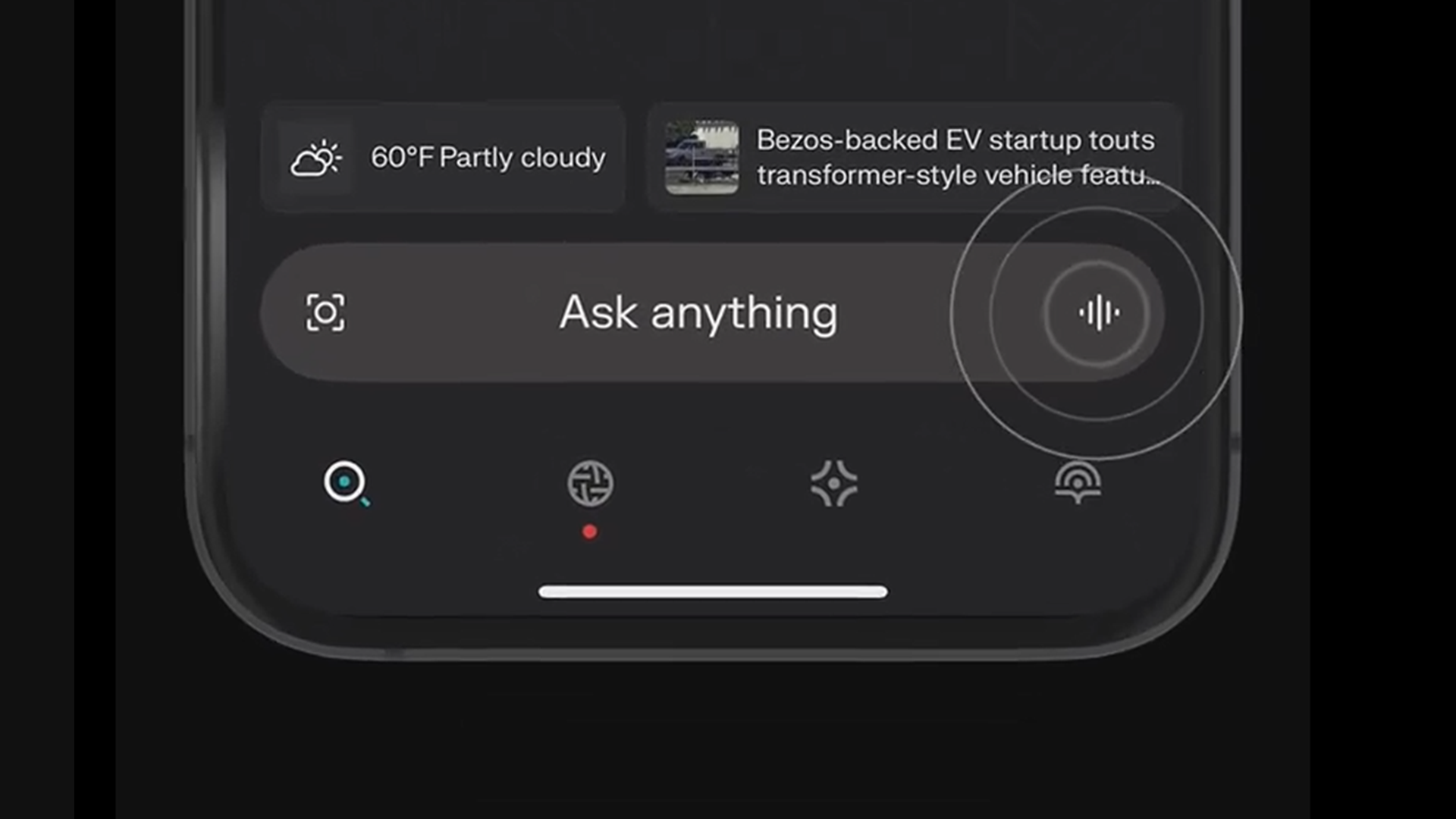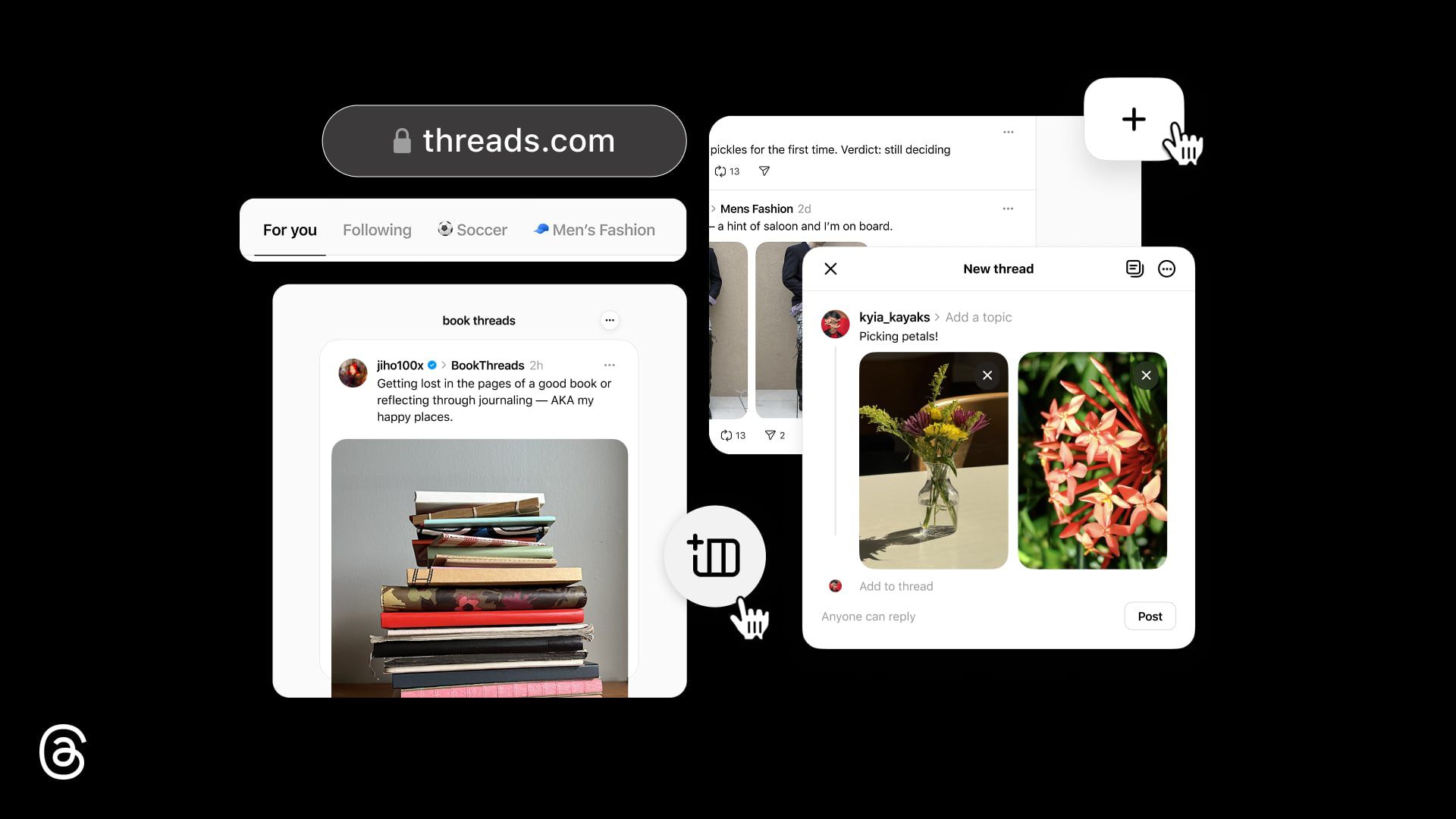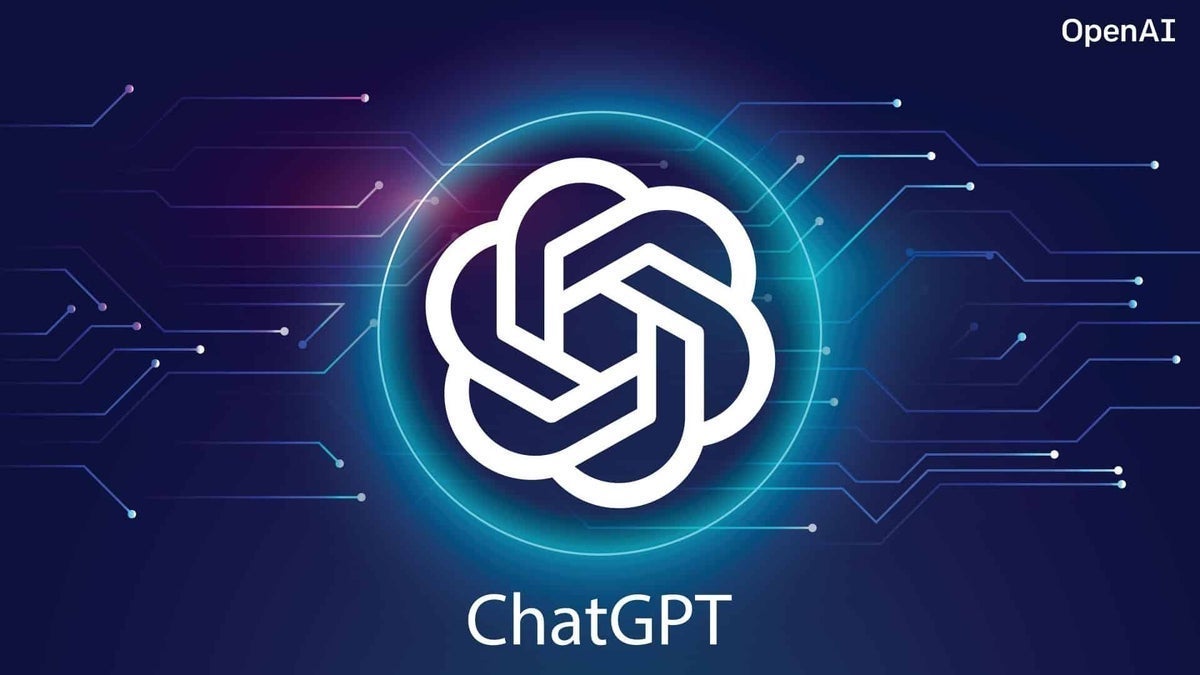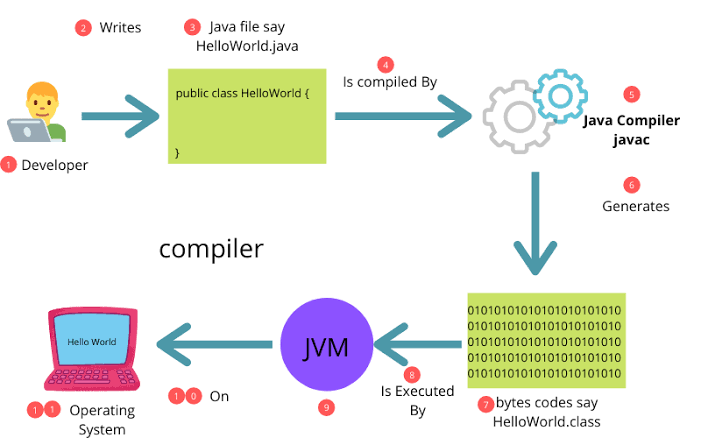Firebase Genkit-AI: Level Up Your Skills with AI-Powered Flows
The rapid evolution of artificial intelligence is fundamentally transforming how we build and interact with software applications. No longer relegated to the realm of research, AI is now a tangible tool, enabling developers to create more intelligent, adaptable, and user-centric experiences. Genkit-AI, a cutting-edge framework, stands at the forefront of this revolution, empowering developers to seamlessly integrate AI into their applications through the innovative concepts of AI-powered flows and prompts. Understanding Genkit-AI Genkit-AI is a comprehensive framework designed to simplify the integration of AI capabilities into application development. It provides a structured approach to building AI-powered applications by abstracting away the complexities of directly interacting with AI models. Genkit-AI introduces the concepts of "flows" and "prompts," allowing developers to orchestrate AI interactions in a modular and intuitive manner. Genkit-AI abstracts the underlying AI models and infrastructure, enabling developers to focus on the application logic rather than the intricacies of AI model deployment and management. The framework encourages the creation of reusable AI flows, which can be composed and combined to build complex AI-powered features. It leverages type systems to ensure that data passed between flows and prompts is consistent and valid, reducing the risk of errors. It is designed to handle the demands of modern applications, supporting scaling and deployment across various environments. The framework provides tools for monitoring and analyzing AI-powered flows, allowing developers to identify and resolve issues quickly. Flows and Prompts Genkit-AI's power lies in its core concepts of flows and prompts. These elements provide a structured way to define and execute AI-powered logic within an application. Flows are the building blocks of Genkit-AI applications. They represent a sequence of operations, which can include calls to AI models, data transformations, and conditional logic. Flows are defined using a declarative syntax, making them easy to understand and maintain. Think of a flow as a mini-application within your application, responsible for a specific task. Prompts are the inputs provided to AI models to elicit a desired response. Genkit-AI simplifies the creation and management of prompts by providing a template engine and a type system. This ensures that prompts are well-defined and consistent, improving the quality of the AI model's output. The Architecture of Genkit-AI Genkit-AI is built on a layered architecture that separates concerns and promotes modularity. Core Layer This layer provides the fundamental building blocks for defining flows and prompts. It includes the type system, the template engine, and the execution engine. Model Integration Layer This layer provides integrations with various AI models, such as language models, vision models, and reinforcement learning models. Genkit-AI supports a variety of model providers, including Google AI, OpenAI, and Hugging Face. Plugin Layer This layer allows developers to extend Genkit-AI's functionality by adding custom plugins. Plugins can be used to integrate with external data sources, add new AI models, or implement custom logic. API Layer This layer provides a set of APIs for interacting with Genkit-AI. These APIs can be used to define, execute, and monitor flows. Show me the code To illustrate the power of Genkit-AI, let's consider the example of a coffee shop greeting scenario. This scenario involves creating two AI-powered flows: Simple Greeting Flow: This flow greets a customer by name and recommends a coffee drink. Greeting with History Flow: This flow greets a customer by name, takes into account the time of day and their previous order, and recommends a coffee drink based on that information. Let's break down the key components of this example: Defining Data Schemas The example begins by defining data schemas using the z (Zod) library. These schemas define the structure of the input data for each flow. CustomerNameSchema: This schema defines the input for the simple greeting flow, which consists of a single field: customerName (a string). const CustomerNameSchema = z.object({ customerName: z.string(), }); CustomerTimeAndHistorySchema: This schema defines the input for the greeting with history flow, which includes three fields: customerName (a string), currentTime (a string), and previousOrder (a string). const CustomerTimeAndHistorySchema = z.object({ customerName: z.string(), currentTime: z.string(), previousOrder: z.string(), }); Defining these schemas ensures that the input data is consistent and valid, reducing the risk of errors during flow execution. Defining Prompts Next, the example defines prompts using the ai.definePrompt function. Each prompt specifies

The rapid evolution of artificial intelligence is fundamentally transforming how we build and interact with software applications. No longer relegated to the realm of research, AI is now a tangible tool, enabling developers to create more intelligent, adaptable, and user-centric experiences.
Genkit-AI, a cutting-edge framework, stands at the forefront of this revolution, empowering developers to seamlessly integrate AI into their applications through the innovative concepts of AI-powered flows and prompts.
Understanding Genkit-AI
Genkit-AI is a comprehensive framework designed to simplify the integration of AI capabilities into application development. It provides a structured approach to building AI-powered applications by abstracting away the complexities of directly interacting with AI models.
Genkit-AI introduces the concepts of "flows" and "prompts," allowing developers to orchestrate AI interactions in a modular and intuitive manner.
Genkit-AI abstracts the underlying AI models and infrastructure, enabling developers to focus on the application logic rather than the intricacies of AI model deployment and management.
The framework encourages the creation of reusable AI flows, which can be composed and combined to build complex AI-powered features.
It leverages type systems to ensure that data passed between flows and prompts is consistent and valid, reducing the risk of errors.
It is designed to handle the demands of modern applications, supporting scaling and deployment across various environments.
The framework provides tools for monitoring and analyzing AI-powered flows, allowing developers to identify and resolve issues quickly.
Flows and Prompts
Genkit-AI's power lies in its core concepts of flows and prompts. These elements provide a structured way to define and execute AI-powered logic within an application.
Flows are the building blocks of Genkit-AI applications. They represent a sequence of operations, which can include calls to AI models, data transformations, and conditional logic. Flows are defined using a declarative syntax, making them easy to understand and maintain. Think of a flow as a mini-application within your application, responsible for a specific task.
Prompts are the inputs provided to AI models to elicit a desired response. Genkit-AI simplifies the creation and management of prompts by providing a template engine and a type system. This ensures that prompts are well-defined and consistent, improving the quality of the AI model's output.
The Architecture of Genkit-AI
Genkit-AI is built on a layered architecture that separates concerns and promotes modularity.
Core Layer
This layer provides the fundamental building blocks for defining flows and prompts. It includes the type system, the template engine, and the execution engine.
Model Integration Layer
This layer provides integrations with various AI models, such as language models, vision models, and reinforcement learning models. Genkit-AI supports a variety of model providers, including Google AI, OpenAI, and Hugging Face.
Plugin Layer
This layer allows developers to extend Genkit-AI's functionality by adding custom plugins. Plugins can be used to integrate with external data sources, add new AI models, or implement custom logic.
API Layer
This layer provides a set of APIs for interacting with Genkit-AI. These APIs can be used to define, execute, and monitor flows.
Show me the code
To illustrate the power of Genkit-AI, let's consider the example of a coffee shop greeting scenario. This scenario involves creating two AI-powered flows:
Simple Greeting Flow: This flow greets a customer by name and recommends a coffee drink.
Greeting with History Flow: This flow greets a customer by name, takes into account the time of day and their previous order, and recommends a coffee drink based on that information.
Let's break down the key components of this example:
Defining Data Schemas
The example begins by defining data schemas using the z (Zod) library. These schemas define the structure of the input data for each flow.
-
CustomerNameSchema: This schema defines the input for the simple greeting flow, which consists of a single field:customerName(a string).
const CustomerNameSchema = z.object({
customerName: z.string(),
});
-
CustomerTimeAndHistorySchema: This schema defines the input for the greeting with history flow, which includes three fields:customerName(a string),currentTime(a string), andpreviousOrder(a string).
const CustomerTimeAndHistorySchema = z.object({
customerName: z.string(),
currentTime: z.string(),
previousOrder: z.string(),
});
Defining these schemas ensures that the input data is consistent and valid, reducing the risk of errors during flow execution.
Defining Prompts
Next, the example defines prompts using the ai.definePrompt function. Each prompt specifies the input schema, the output format, and the prompt template.
-
simpleGreetingPrompt: This prompt is used by the simple greeting flow. It takes aCustomerNameSchemaas input and outputs text. The prompt template instructs the AI model to greet the customer by name and recommend a coffee drink.
const simpleGreetingPrompt = ai.definePrompt(
{
name: 'simpleGreeting',
model: gemini15Flash,
input: { schema: CustomerNameSchema },
output: {
format: 'text',
},
},
`
You're a barista at a nice coffee shop.
A regular customer named {{customerName}} enters.
Greet the customer in one sentence, and recommend a coffee drink.
`
);
-
greetingWithHistoryPrompt: This prompt is used by the greeting with history flow. It takes aCustomerTimeAndHistorySchemaas input and outputs text. The prompt template uses multiple messages with alternating roles ("user" and "model") to create a more conversational interaction. It instructs the AI model to greet the customer by name, taking into account the time of day and their previous order, and then recommend a coffee drink.
const greetingWithHistoryPrompt = ai.definePrompt(
{
name: 'greetingWithHistory',
model: gemini15Flash,
input: { schema: CustomerTimeAndHistorySchema },
output: {
format: 'text',
},
},
`
{{role "user"}}
Hi, my name is {{customerName}}. The time is {{currentTime}}. Who are you?
{{role "model"}}
I am Barb, a barista at this nice underwater-themed coffee shop called Krabby Kooffee.
I know pretty much everything there is to know about coffee,
and I can cheerfully recommend delicious coffee drinks to you based on whatever you like.
{{role "user"}}
Great. Last time I had {{previousOrder}}.
I want you to greet me in one sentence, and recommend a drink.
`
);
The use of roles in the prompt template is a powerful feature of Genkit-AI. It allows developers to create more complex and nuanced interactions with AI models.
Defining Flows
The example then defines the flows using the ai.defineFlow function. Each flow specifies the input schema, the output schema, and the flow logic.
-
simpleGreetingFlow: This flow takes aCustomerNameSchemaas input and outputs a string. The flow logic simply calls thesimpleGreetingPromptwith the input data and returns the resulting text.
export const simpleGreetingFlow = ai.defineFlow(
{
name: 'simpleGreeting',
inputSchema: CustomerNameSchema,
outputSchema: z.string(),
},
async (input) => (await simpleGreetingPrompt(input)).text
);
-
greetingWithHistoryFlow: This flow takes aCustomerTimeAndHistorySchemaas input and outputs a string. The flow logic calls thegreetingWithHistoryPromptwith the input data and returns the resulting text.
export const greetingWithHistoryFlow = ai.defineFlow(
{
name: 'greetingWithHistory',
inputSchema: CustomerTimeAndHistorySchema,
outputSchema: z.string(),
},
async (input) => (await greetingWithHistoryPrompt(input)).text
);
Defining a Test Flow
Finally, the example defines a test flow called testAllCoffeeFlows. This flow executes both the simpleGreetingFlow and the greetingWithHistoryFlow and returns a result indicating whether the tests passed or failed.
export const testAllCoffeeFlows = ai.defineFlow(
{
name: 'testAllCoffeeFlows',
outputSchema: z.object({
pass: z.boolean(),
error: z.string().optional(),
}),
},
async () => {
const test1 = simpleGreetingFlow({ customerName: 'Sam' });
const test2 = greetingWithHistoryFlow({
customerName: 'Sam',
currentTime: '09:45am',
previousOrder: 'Caramel Macchiato',
});
return Promise.all([test1, test2])
.then((unused) => {
return { pass: true };
})
.catch((e: Error) => {
return { pass: false, error: e.toString() };
});
}
);
This test flow demonstrates how to use Genkit-AI to automate the testing of AI-powered features.
Benefits of Using Genkit-AI
Genkit-AI simplifies the integration of AI into applications by abstracting away the complexities of AI model management and deployment.
It enables developers to build AI-powered features more quickly and helps developers create higher-quality AI-powered features by providing a structured approach to prompt engineering and flow orchestration.
Use Cases for Genkit-AI
Genkit-AI can be used in a wide variety of applications, including:
Chatbots and Virtual Assistants: Genkit-AI can be used to build more intelligent and engaging chatbots and virtual assistants.
Personalized Recommendations: Genkit-AI can be used to provide personalized recommendations to users based on their preferences and behavior.
Image and Video Analysis: Genkit-AI can be used to analyze images and videos, such as identifying objects, detecting faces, and recognizing emotions.
Natural Language Processing (NLP): Genkit-AI can be used for various NLP tasks, such as sentiment analysis, text summarization, and machine translation.
Genkit-AI represents a significant step forward in the development of AI-powered applications. Its innovative approach to flow orchestration and prompt engineering simplifies the integration of AI capabilities into applications, allowing developers to create more intelligent, adaptable, and user-centric experiences. The coffee shop greeting scenario provides a practical example of how Genkit-AI can be used to build engaging and personalized user interactions. As AI continues to evolve, Genkit-AI will undoubtedly play a crucial role in shaping the future of application development. By embracing Genkit-AI, developers can unlock the full potential of AI and create truly transformative applications. Its emphasis on modularity, type safety, and scalability makes it a robust and reliable framework for building the next generation of AI-powered applications.
You can follow me on GitHub, where I'm creating cool projects.
I hope you enjoyed this article, don't forget to give ❤️.
Bye








































































































































































![[The AI Show Episode 144]: ChatGPT’s New Memory, Shopify CEO’s Leaked “AI First” Memo, Google Cloud Next Releases, o3 and o4-mini Coming Soon & Llama 4’s Rocky Launch](https://www.marketingaiinstitute.com/hubfs/ep%20144%20cover.png)



















































































































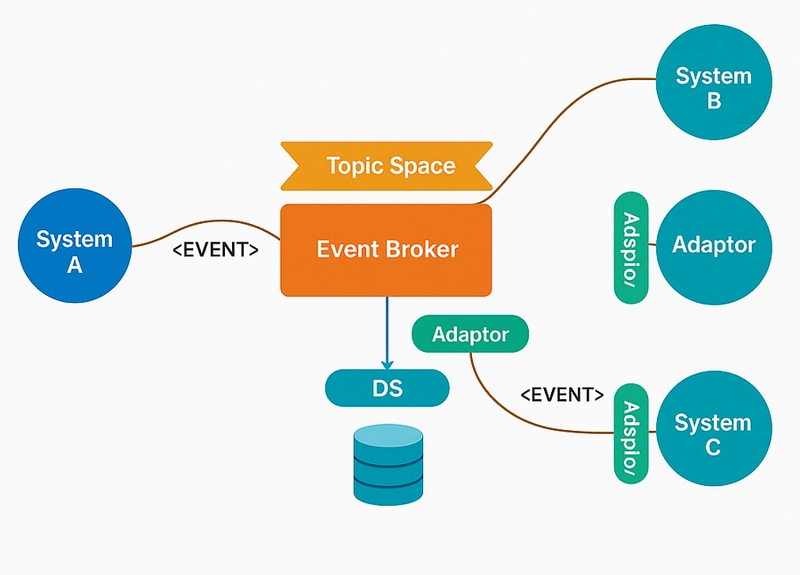


























































































































.jpg?#)




























































































































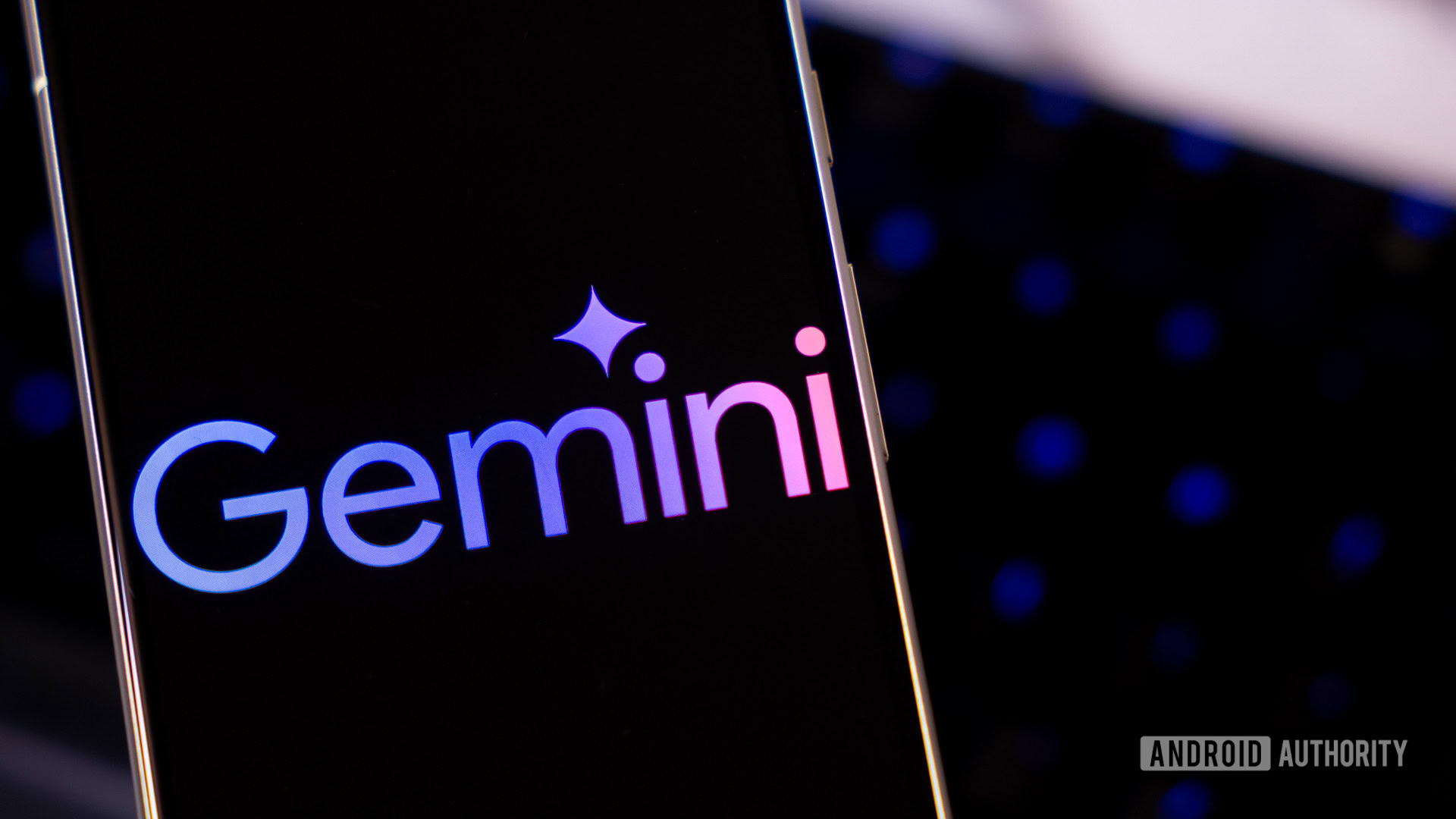

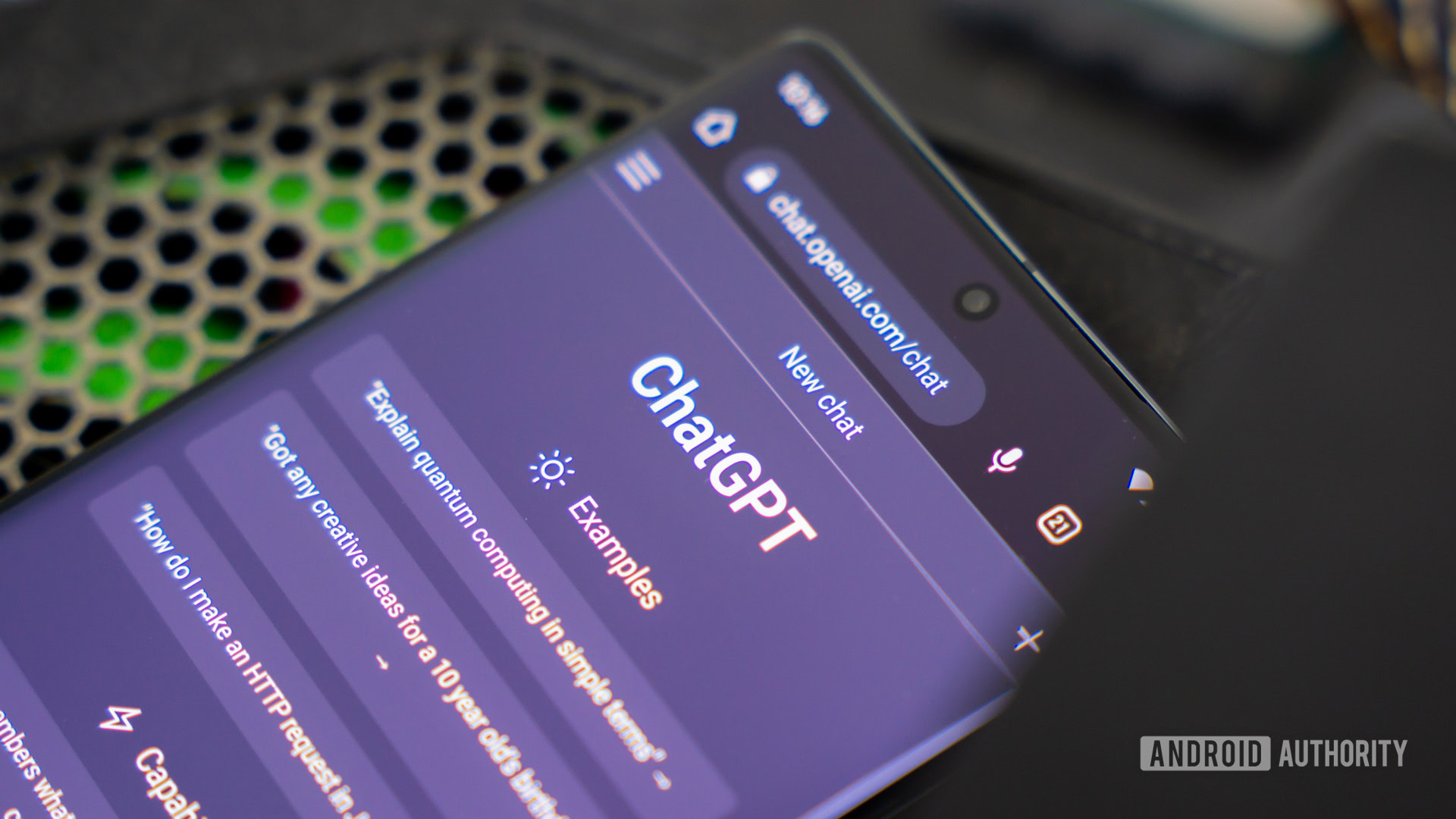



















![Apple to Shift Robotics Unit From AI Division to Hardware Engineering [Report]](https://www.iclarified.com/images/news/97128/97128/97128-640.jpg)

![Apple Shares New Ad for iPhone 16: 'Trust Issues' [Video]](https://www.iclarified.com/images/news/97125/97125/97125-640.jpg)


















